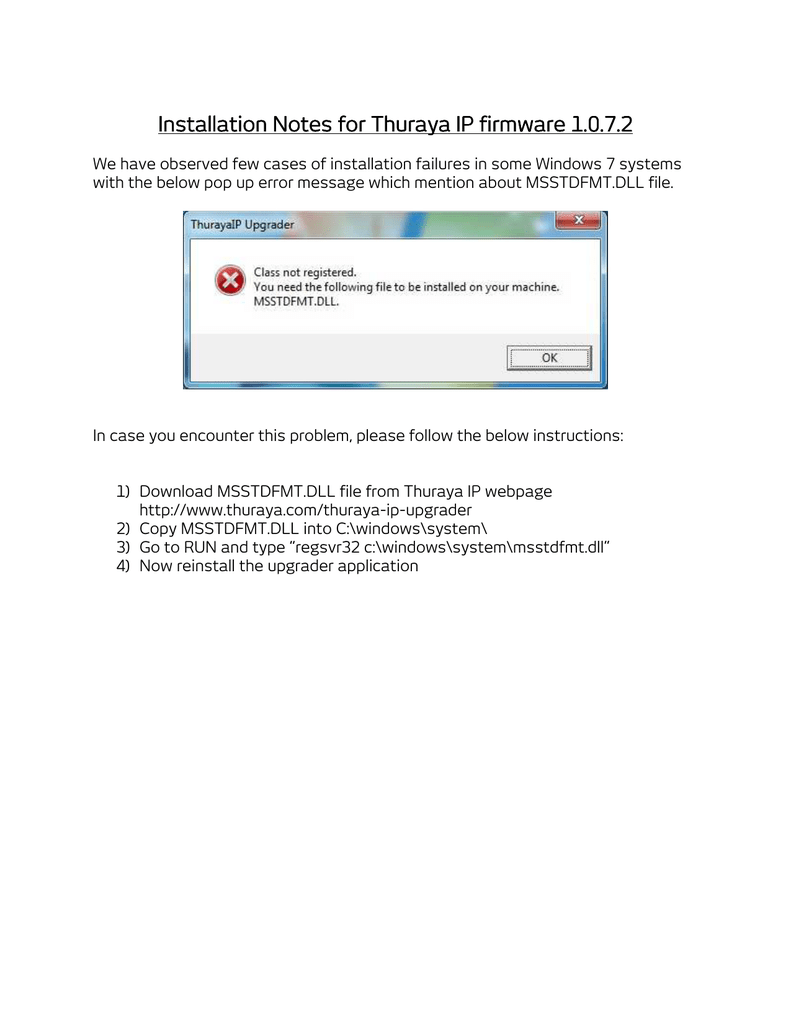
- #Class not registered quickbook connect bill4time how to
- #Class not registered quickbook connect bill4time professional
Under the Class drop-down menu, choose a specific class.Hover your mouse on Company & Financial, then choose Profit & Loss Detail.Filter it to show transactions with a specific class tag. One way to view a segregated data of your entities is to filter a report. For example, the Profit & Loss detail report tells you an overview of your net income and expenses. In addition to john-pero's answer, reports are generally used to view financial data. I'd also recommend reading AlexV's link about the Class Tracking feature if you want to learn more about it. When you're done, start creating transactions for your business entities. Click the Class button, then select New.Īdd as many classes as you want.Open the Edit menu, then choose Class List.
#Class not registered quickbook connect bill4time how to
If you haven't added one yet, here's how to do it: Just like what AlexV posted, you'll want to assign the classes to your expenses. This is generally recommended if you're managing your business this way. The class tracking would be perfect to separate the income and expenses for the two entities. We find that method to be easier to understand and maintain (since a balance sheet reports on segregated funds) for small non-profits with a limited number of balance sheet accounts that involve segregated funds.Thank you so much for getting back to us! I'd like to reinforce the Class Tracking feature and how it can be used to separate income and expenses of your entities. When you reconcile the bank account, you’d reconcile the parent account. One sub account would represent the building fund and another the operating fund, and for this transaction, we’d do the transfer from the building fund sub-account. For a situation such as yours, we’d recommend having at least 2 sub-accounts on your 1 bank account (which would total to the 1 bank account). That’s something that was added to QB after class tracking was already established, but support for it is not as robust as for income/expense accounts. We’re not big fans of using class tracking on balance sheet accounts. If it’s not supported, then you’d be better off to void the transfer, and use a general journal entry, which does support classes. Why wouldn’t you simply put a class on the transfer? That’s supported in QB 2014, and it’s been a while since we’ve had to open QB 2011, so perhaps its not supported. Therefore, you’re best served by editing your current classes to match your needs as closely as possible and to use sub-classes to refine what you have if necessary. Beyond reporting in the middle of the year, changing classes will complicate reporting over several years, because the class used in an earlier year will now be inactive. If the classes are currently inactive, that means you’ll need to re-activate them to report on them. On the ramifications of changing classes in the middle of your FY, when you report on any program, you’ll have to be sure to select all of the classes that apply. If you’re going to have a lot of classes, make use of a structure so that you don’t make transaction entry overly complicated. We’d discourage an extensive active class list.įirst, you can rename or merge classes if the current names don’t fit, and that will only interrupt your current FY reporting if you merge classes, because you’ll lose the details of the separate classes.Ĭlasses are hierarchical in that you can have parent and child classes. To manage your classes, click on the Lists->Class List menu selection.


Since classes can be applied to both income and expense transactions, class tracking enables producing a Profit & Loss statement for each class. funds for a public sector or non-profit enterprise.

#Class not registered quickbook connect bill4time professional


 0 kommentar(er)
0 kommentar(er)
